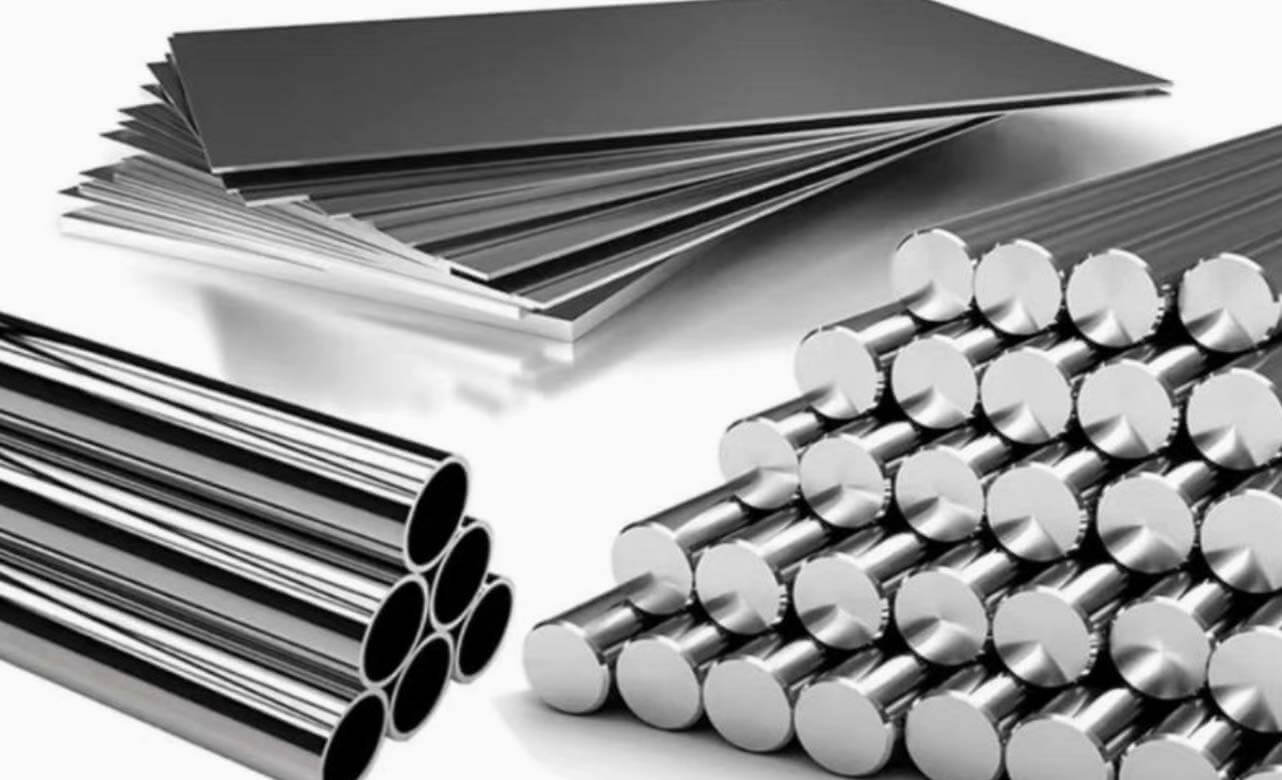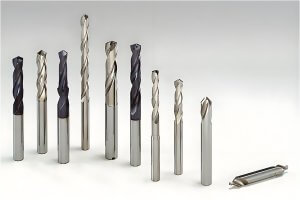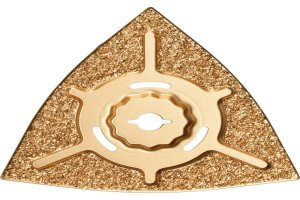Introduction to Inconel 625 and Its Applications
Inconel 625 is a nickel-based superalloy known for its high strength, corrosion resistance, and exceptional performance in high-temperature environments. These qualities make Inconel 625 highly sought after in demanding industries like aerospace, oil and gas, marine engineering, and chemical processing. As CNC machining capabilities have advanced, Inconel 625 can now be precisely shaped for applications requiring complex geometries, tight tolerances, and durable, high-performance components.
In my experience, machining Inconel 625 presents unique challenges but also offers rewarding results when managed correctly. This guide explores essential CNC machining practices for Inconel 625, from selecting appropriate tooling to optimizing parameters for quality and cost-effectiveness.
Inconel 625 Material Characteristics and CNC Machining Challenges
Inconel 625’s properties pose specific challenges for CNC machining, primarily due to its high strength and heat resistance. Here’s a breakdown of these characteristics and their implications for CNC processes.
| Property | Inconel 625 Characteristics | Machining Implications |
|---|---|---|
| Hardness | High hardness and strength | Requires durable, wear-resistant tooling |
| Corrosion Resistance | Excellent, even in harsh environments | Minimal need for post-machining surface treatments |
| Heat Resistance | Maintains strength at high temperatures | Heat management is crucial to avoid thermal issues |
| Thermal Conductivity | Low, retains heat during machining | Risk of work hardening; efficient cooling needed |
| Elasticity and Toughness | Highly elastic, resists deformation | Requires stable fixturing to prevent movement |
| Work Hardening | Quickly hardens when exposed to machining stress | Use lower cutting speeds to control hardening |
Hardness and Strength: Inconel 625 is extremely hard, which makes it resistant to wear and suitable for applications with high stress and temperature requirements. However, this hardness also means that tools tend to wear quickly, demanding frequent tool changes or highly durable tooling options.
Thermal Conductivity and Heat Retention: Inconel 625’s low thermal conductivity means that heat generated during machining does not dissipate quickly. This can lead to localized heating, risking thermal expansion and work hardening, which may negatively affect precision and surface finish.
Work Hardening: Inconel 625 is known for rapid work hardening when exposed to cutting forces. Machining techniques should be carefully chosen to minimize contact time and prevent excessive hardening, which can make subsequent machining operations more challenging.
Best Practices for CNC Machining Inconel 625
To achieve high-quality results with Inconel 625, it’s essential to follow specific best practices that address its machining challenges. Here are critical considerations for CNC machining Inconel 625 to optimize performance and maintain precision.
- Tool Selection and Machining Setup:
For machining Inconel 625, carbide and ceramic-tipped tools are highly recommended due to their resistance to wear and ability to withstand the alloy’s hardness. These tools offer longer lifespans and help achieve a better surface finish. In my experience, investing in high-quality tools pays off, as they reduce the need for frequent tool replacements and maintain machining consistency. - Optimized Cutting Speeds and Feeds:
Inconel 625 requires a balanced approach to cutting speeds and feeds. Lower speeds are necessary to prevent work hardening, but maintaining an efficient feed rate is equally important to prevent overheating. Generally, starting with moderate speeds and gradually adjusting based on tool wear and surface finish quality yields the best results. - Coolant and Lubrication:
Coolant is essential when machining Inconel 625 to manage heat buildup and prevent thermal expansion. In my practice, I’ve found that high-pressure coolant delivery is particularly effective, as it cools the cutting zone more efficiently and reduces tool wear. Non-reactive coolants are preferred to avoid any chemical interactions with Inconel 625. - Reducing Tool Engagement Time:
Minimizing the contact time between the cutting tool and the workpiece helps reduce the chances of work hardening. Techniques like climb milling, where the cutter engages the material at a higher point and exits at a lower one, help control hardening by reducing the cutting force impact on the workpiece. - Stable Workpiece Fixturing:
Due to its elasticity, Inconel 625 can flex or move slightly during machining. Using a stable, high-precision fixture helps prevent unwanted movement, ensuring that tolerances are maintained throughout the machining process. - Post-Machining Clean-Up:
After machining, thoroughly clean Inconel 625 components to remove any coolant or lubricant residue. This step is especially important if the part will undergo additional treatments, as residues can interfere with coatings or finishes.
Surface Treatment and Finishing Techniques for Inconel 625
After machining, surface treatments can enhance Inconel 625’s corrosion resistance and durability, especially if the part will be used in challenging environments. Here are some effective finishing techniques:
| Finishing Technique | Purpose | Result on Inconel 625 |
|---|---|---|
| Polishing | Improves surface smoothness and reduces roughness | Achieves a refined, visually appealing finish |
| Coating | Adds extra corrosion and wear resistance | Extends part lifespan, particularly in marine and chemical applications |
| Heat Treatment | Stabilizes material structure | Enhances durability and high-temperature stability |
| Electropolishing | Removes surface impurities and contaminants | Achieves a bright, clean surface, ideal for medical or high-visibility parts |
| Passivation | Increases corrosion resistance in reactive environments | Further protects against oxidation and rust |
| Grinding and Buffing | Refines surface for specific functional needs | Suitable for parts requiring smooth, even surfaces |
- Polishing: Polishing improves the overall appearance and surface smoothness, making Inconel 625 parts more suitable for applications where aesthetics matter.
- Coating: For parts exposed to harsh environments, a protective coating can extend the life of Inconel 625 by preventing corrosion and wear.
- Heat Treatment: Heat treatment improves the alloy’s stability and performance under stress, which is especially useful for components used in high-stress applications such as aerospace or oil drilling.
- Electropolishing: This method is used to create a smooth, clean finish on the metal surface by removing impurities. It’s ideal for Inconel 625 parts in medical or food processing equipment where cleanliness is a priority.
- Passivation: A passivation treatment can further enhance corrosion resistance, protecting Inconel 625 parts in particularly reactive environments.
- Grinding and Buffing: These techniques can be used to refine specific areas of a component, especially if the part requires a precise, smooth finish for functional reasons.
Real-World Applications of CNC-Machined Inconel 625
Inconel 625 is widely used across several industries, thanks to its durability, corrosion resistance, and high-temperature performance. Here are some real-world applications where CNC-machined Inconel 625 parts are critical:
Aerospace Components
- Applications: Turbine blades, exhaust systems, and engine components.
- Reason: Inconel 625’s high-temperature stability and strength make it an ideal material for aerospace applications where heat resistance is critical.
Marine Engineering Equipment
- Applications: Submersible pump shafts, underwater fixtures, and fasteners.
- Reason: Marine environments are highly corrosive, and Inconel 625’s resistance to seawater and high strength ensure the longevity and reliability of these components.
Oil and Gas Industry Equipment
- Applications: Downhole drilling tools, pipelines, and safety valves.
- Reason: Inconel 625’s strength and corrosion resistance make it a valuable material for the oil and gas sector, where exposure to extreme pressures and corrosive substances is common.
Chemical Processing Equipment
- Applications: Heat exchangers, reactors, and pumps.
- Reason: Inconel 625 can withstand aggressive chemical environments and high temperatures, making it a safe choice for equipment used in chemical plants.
Cost and Feasibility of CNC Machining Inconel 625
When working with Inconel 625 in CNC applications, it’s essential to consider the various factors that impact cost and feasibility. Here, we explore the main cost factors associated with machining Inconel 625 and analyze its cost-effectiveness for different types of projects.
| Cost Factor | Impact on Project Budget | Considerations |
|---|---|---|
| Material Cost | High | Inconel 625’s high cost reflects its specialized properties |
| Tooling Expense | Moderate to High | Frequent tool replacements required due to high tool wear |
| Machining Time | Longer processing time, higher costs | Slow cutting speeds extend production times |
| Coolant and Lubricants | Essential but manageable | Necessary to reduce heat and tool wear |
| Volume and Consistency | Cost-effective for large-scale projects | CNC provides consistency, but costs rise for smaller batches |
| Post-Processing Needs | Adds to cost for specific applications | Polishing, coatings, and treatments for durability |
Material Cost: As a high-performance alloy, Inconel 625 has a premium price. Its cost is a reflection of its durable, corrosion-resistant, and high-temperature capabilities. In situations where the alloy’s specialized properties are essential, this cost is justified, but for general applications, more affordable alloys may be preferred.
Tooling Expense: Machining Inconel 625 requires strong, durable tools due to the alloy’s hardness, which tends to accelerate tool wear. Carbide and ceramic-tipped tools are standard choices, but they must be replaced more frequently than with softer metals, adding to overall tooling costs.
Machining Time: Since Inconel 625 requires slower cutting speeds to prevent heat buildup and work hardening, the machining process tends to be longer than with less heat-sensitive metals. This extended machining time raises production costs, particularly for intricate parts requiring precision.
Coolant and Lubricants: Effective cooling is essential for CNC machining Inconel 625, both to maintain quality and to protect tooling. The need for coolant isn’t a significant cost factor but must be considered as part of the setup and operation requirements.
Volume and Consistency: CNC machining is ideal for producing consistent parts in large volumes, making it a cost-effective solution when multiple components are needed. However, for small-scale or custom one-off projects, the cost per part can be relatively high with Inconel 625, given its material expense and machining requirements.
Post-Processing Needs: For certain applications, post-machining surface treatments like polishing, coating, or heat treatment are necessary to maximize Inconel 625’s durability and aesthetic appeal. These additional steps contribute to the overall project cost but may be crucial depending on the part’s intended environment and function.
Conclusion: Maximizing Performance and Efficiency with CNC Machined Inconel 625
In conclusion, CNC machining of Inconel 625 presents unique challenges due to the alloy’s hardness, low thermal conductivity, and tendency to work harden. However, with the right CNC practices, Inconel 625’s exceptional properties can be harnessed to produce components that are resilient, corrosion-resistant, and capable of performing in extreme environments.
For industries like aerospace, oil and gas, marine, and chemical processing, Inconel 625 is often the material of choice for components that require longevity and high-temperature strength. The steps outlined in this guide provide a comprehensive overview of best practices, from selecting the right tools to managing heat and optimizing surface finishes.
In my experience, using CNC machining for Inconel 625 yields reliable, high-quality results when these best practices are applied consistently. For those considering Inconel 625 for critical components, understanding the cost factors and benefits outlined here will help you make an informed decision that balances performance with budget.
FAQ about Inconel 625 CNC Machining
- What is the most significant challenge in CNC machining Inconel 625?
The primary challenges are managing heat buildup and preventing tool wear, as Inconel 625 is a hard alloy with low thermal conductivity. - Why is Inconel 625 so popular in high-stress applications?
Inconel 625’s high-temperature strength, corrosion resistance, and durability make it ideal for applications involving extreme conditions. - What types of tools are recommended for machining Inconel 625?
Carbide or ceramic-tipped tools are preferred due to their durability and resistance to wear when machining hard alloys like Inconel 625. - How does the cost of machining Inconel 625 compare to other materials?
Inconel 625 is more costly than standard alloys, both in material cost and machining time due to its hardness and thermal properties. - What coolant is best for CNC machining Inconel 625?
Non-reactive coolants with high cooling capacity are recommended to control heat buildup and reduce tool wear. - Is Inconel 625 suitable for small-batch CNC machining?
While costlier, Inconel 625’s durability and high performance make it suitable for high-value applications, even in small batches. - Can Inconel 625 be electropolished for a smooth finish?
Yes, electropolishing is commonly used to achieve a clean, bright finish, especially for applications where aesthetics and cleanliness are essential. - Why does Inconel 625 work harden so quickly?
Due to its metallurgical composition, Inconel 625 hardens under machining stress, requiring slower speeds and specific techniques to manage. - What industries use CNC machined Inconel 625 parts?
Industries such as aerospace, marine, oil and gas, and chemical processing frequently utilize CNC machined Inconel 625 for its resilience. - Is CNC machining the best method for Inconel 625?
CNC machining is effective for precision parts in Inconel 625, although it requires careful tool selection and machining control.
Other Articles You Might Enjoy
- How to Master CNC Machining of Inconel 718 for Industrial Applications
In the world of advanced manufacturing, Inconel 718 stands out as one of the most resilient and high-performing alloys, especially in CNC machining applications. I’ve come to appreciate this superalloy's…
- Custom CNC Machining for Inconel Handling Complex Parts with Precision
When it comes to handling Inconel for custom parts through CNC machining, precision and expertise are non-negotiable. Inconel is one of the most challenging materials to machine, but also one…
- Material Versatility in CNC Machining: From Titanium to Thermoplastics
Introduction to CNC Machining CNC machining stands as a cornerstone in the manufacturing sector, enabling the precise creation of parts and components. This process utilizes computer numerical control (CNC) to…
- Nickel vs. Cobalt Alloys in High-Temperature CNC Machining: A Detailed Analysis?
Nickel and Cobalt Alloys in High-Temperature CNC Machining Both Nickel and Cobalt alloys play an essential role in high-temperature CNC machining. These metal alloys are popular choices due to their…
- Inconel vs. Monel for CNC Machining: A Comprehensive Material Comparison
CNC Machining and Material Importance in Manufacturing Computer Numerical Control (CNC) machining is a manufacturing process that leverages computers to control machine tools including lathes, mills and grinders among others.…
- Precision CNC Machining for High-Performance Industrial Machinery
Precision CNC Machining for High-Performance Industrial Machinery The process of Precision CNC (Computer Numerical Control) machining is at the core of manufacturing high-performance industrial machinery. This technique leverages a computer's…






